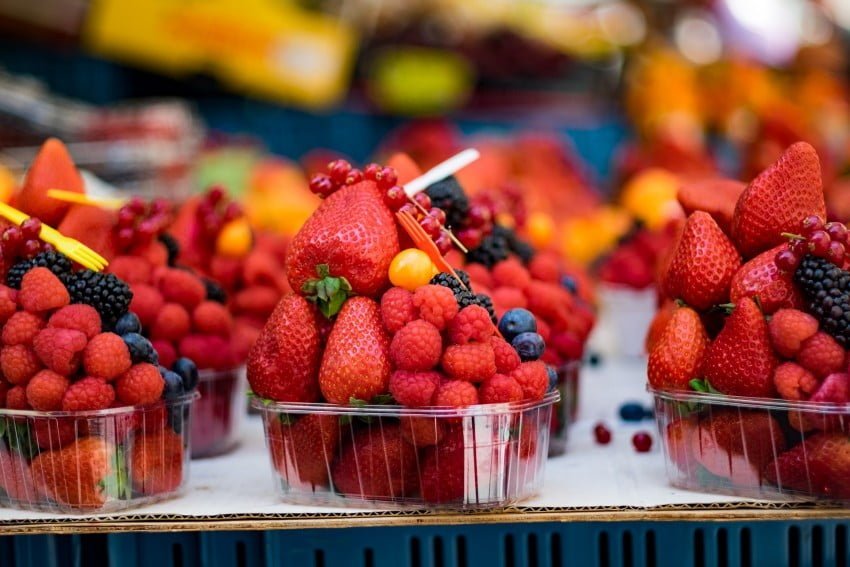Representatives of the European berry business, as well as EastFruit experts, took part in one of the largest berry events in Europe – Global Berry Congress, which was first held online this week. One of the most interesting conclusions from the event was the assertion of most experts that the COVID-19 pandemic did not change, but only strengthened the main trends in the berry business.
Analysts at Europanel and Rabobank, as well as producers and distributors from Spain and the United Kingdom, highlighted the following trends in the European berry market:
- Preference for locally produced berries and a shrinking supply chain. According to Cindy van Rijswick, senior analyst at Rabobank, the consumption of local and seasonal products has already been a trend before the pandemic, and the COVID-19 crisis only strengthened it.
- Similarly, before the COVID-19 crisis, the attraction of labor for picking berries in Europe was a huge problem, which only intensified. Therefore, the process of developing robots for harvesting berries has only accelerated.
- In this regard, breeding companies are accelerating the development of larger berries with more even ripening periods, as this reduces the need for labor, speeds up harvesting, reduces costs, and makes berries more accessible for harvesting by robots.
- Investments in growing berries indoors or other ways to minimize the impact of weather as an additional risk factor for business.
- Promotion of the consumption of more expensive berries, such as blueberries, for example, through social media, which is mainly used by young people, because it will allow us to form the taste habits of future consumers for years to come.
However, there were unexpected trends that formed during the COVID-19 crisis. The following tendencies were identified:
- An increase in the size of the shopping basket and, as a result, a decrease in the frequency of shopping trips. “We must meet the expectations of our customers, and packages from 500 to 700 g will be more often present on the shelves of European supermarkets,” comments Jaime Sánchez, Berry Manager, SanLucar (Spain).
- The need to increase the shelf life of the berries, but only on the condition that the variety retains taste because varieties that are well-stored lose their taste. If earlier such a requirement was due to the need to deliver products long distances fresh, now it is caused by a lower frequency of visits to stores and a large volume of purchases at a time.
- The return of plastic is a problem that the industry will still have to solve. However, during the COVID-19 pandemic, consumers were less sensitive to this problem, and the industry was not ready to produce a large number of alternative ecological packaging for the new-sized berry.
In conditions when people are less likely to buy products, those types of berries that can be stored at home for a longer time win. Thus, blueberries became the main beneficiary of the situation. As a result, prices and demand for blueberries rose. Currently, raspberries and garden strawberries have suffered most, although, in some countries, sales of strawberries have also grown. The season of deliveries of berries from Morocco and Spain to the main EU sales markets coincided with the height of the pandemic, which had a negative impact on prices in these countries at that time. However, now the situation has improved, and prices have not only returned to previous levels but even increased compared to last year.
However, there is a need to remember that the costs of manufacturers have also increased.
“The cost of growing and delivering berries has increased this year due to new sanitation and social distancing for workers,” says Cindy van Rijswick. Therefore, even if the prices of berries are higher, not in all cases they cover the increase in costs. Supermarket chains, given the increased consumer interest in buying berries, try to hold promotions even at the very beginning of the season, which negatively affects the profitability of the berry business.
By the way, in Ukraine, prices for berries are also so far pleasing to producers. From Georgia, we get similar information that confirms numerous buyers for blueberries and high demand. Therefore, we hope that this season will be favorable for producers of berries and our region that will help to attract the necessary resources for further development.
The use of the site materials is free if there is a direct and open for search engines hyperlink to a specific publication of the East-Fruit.com website.




